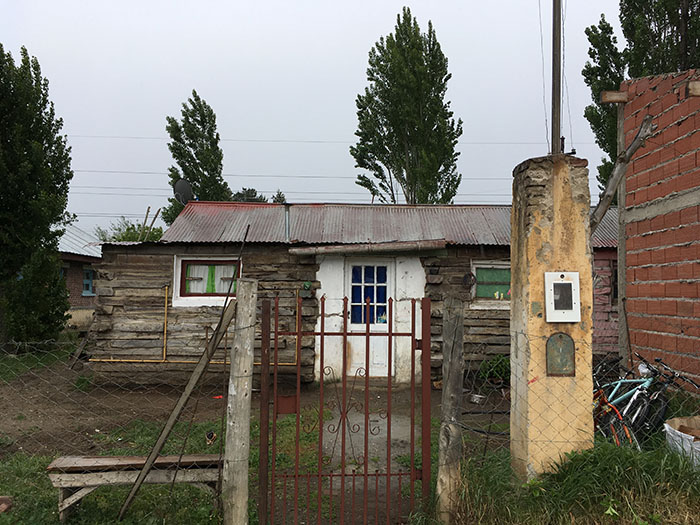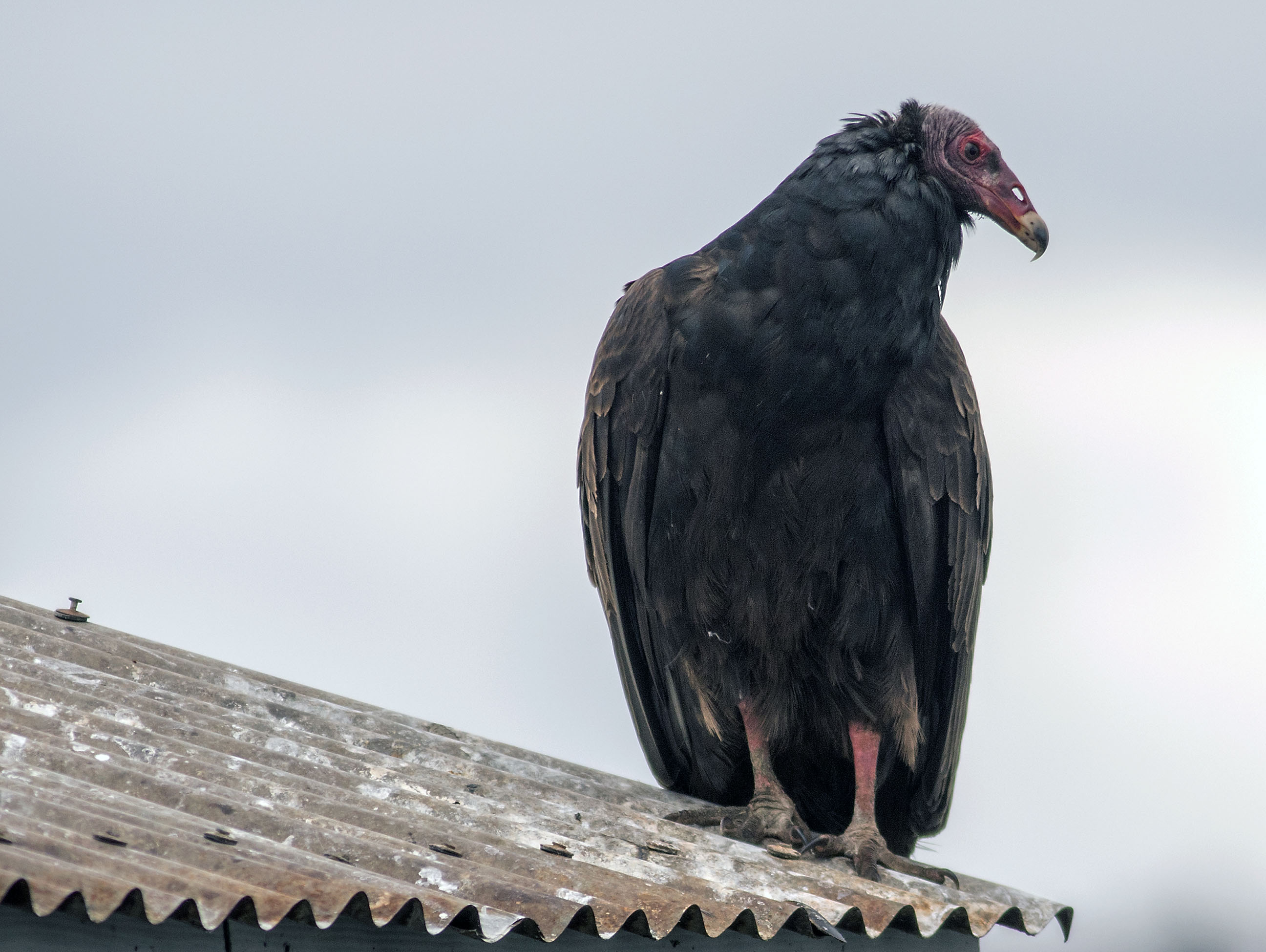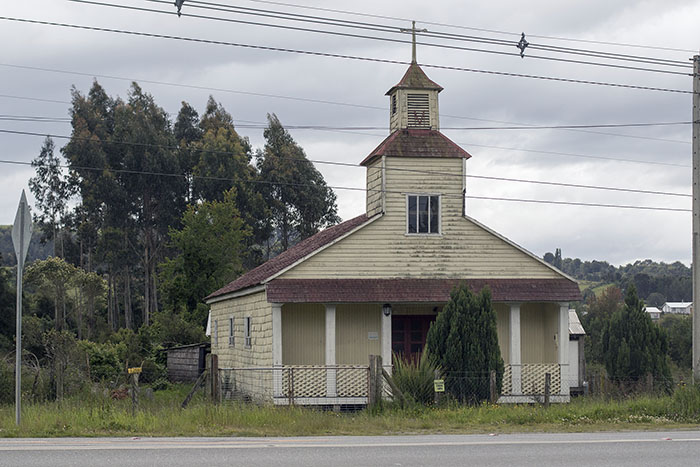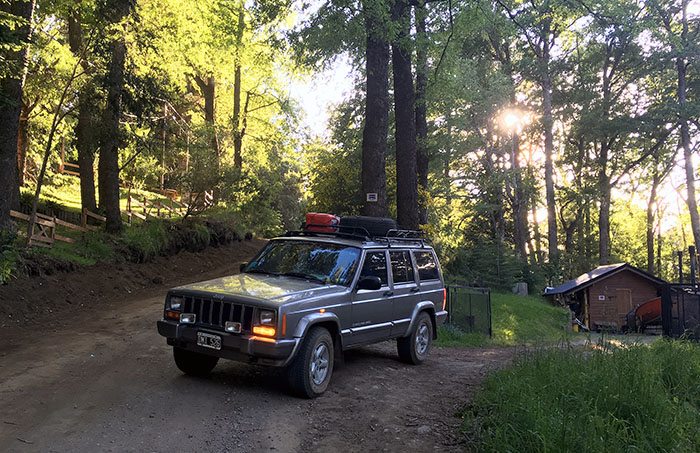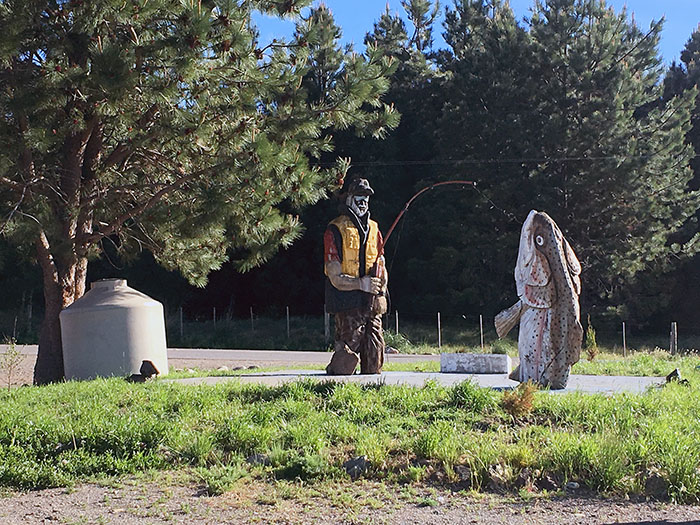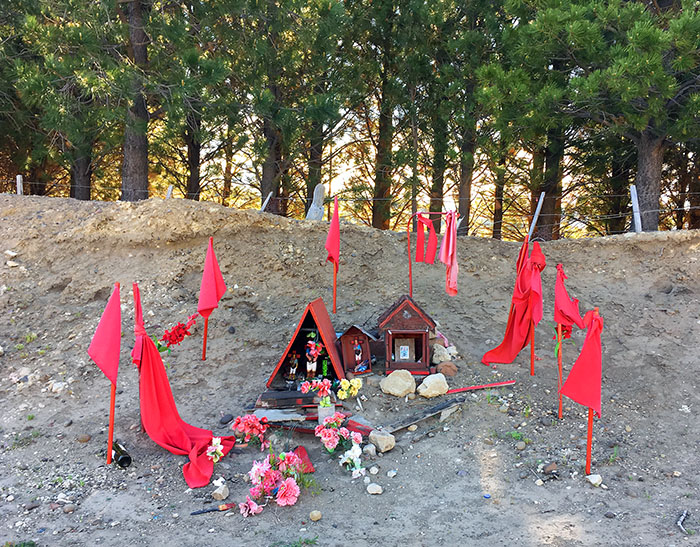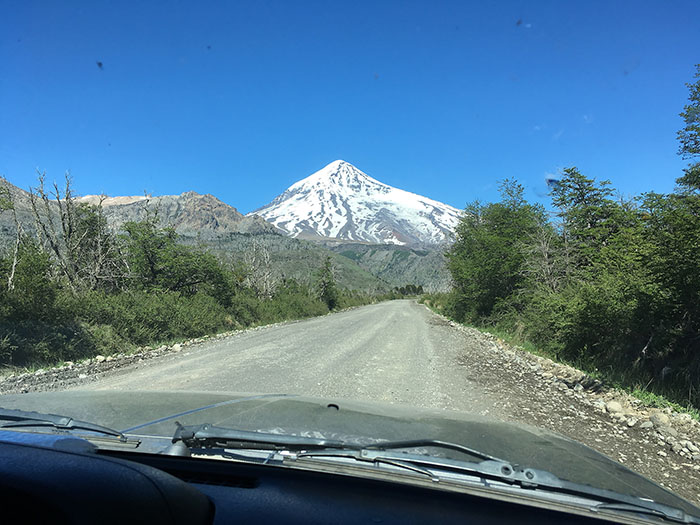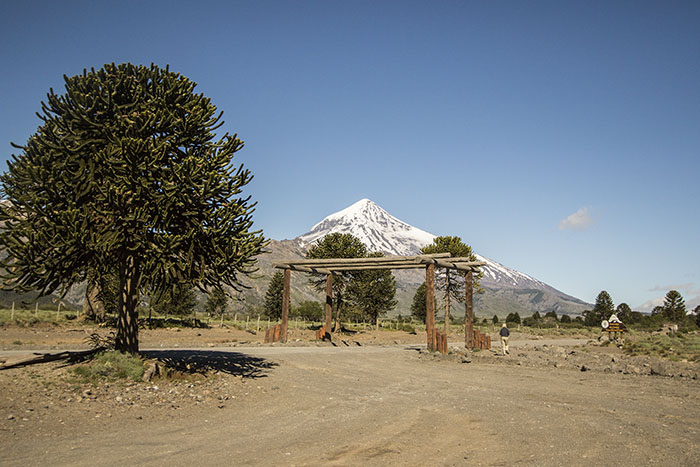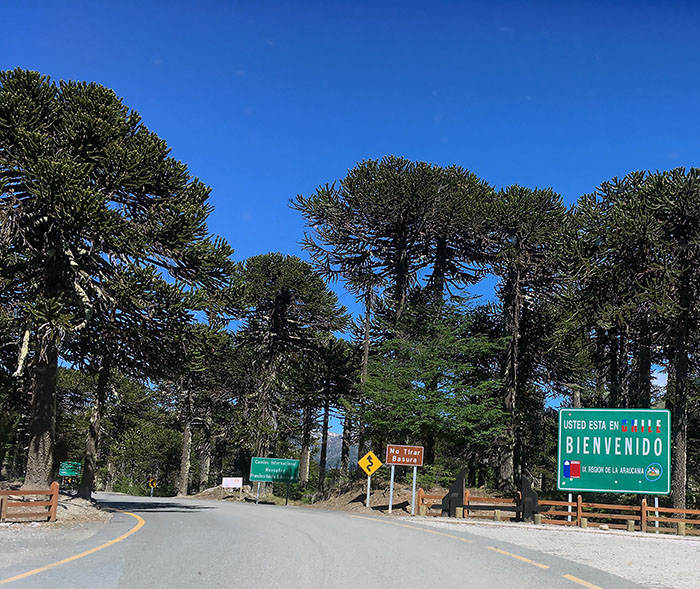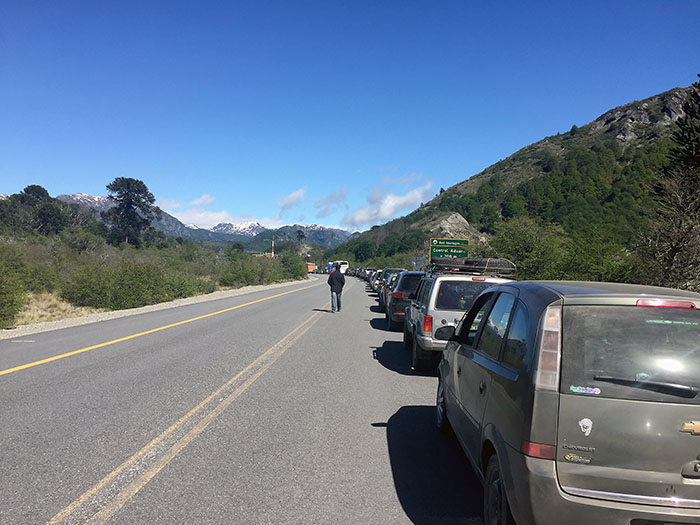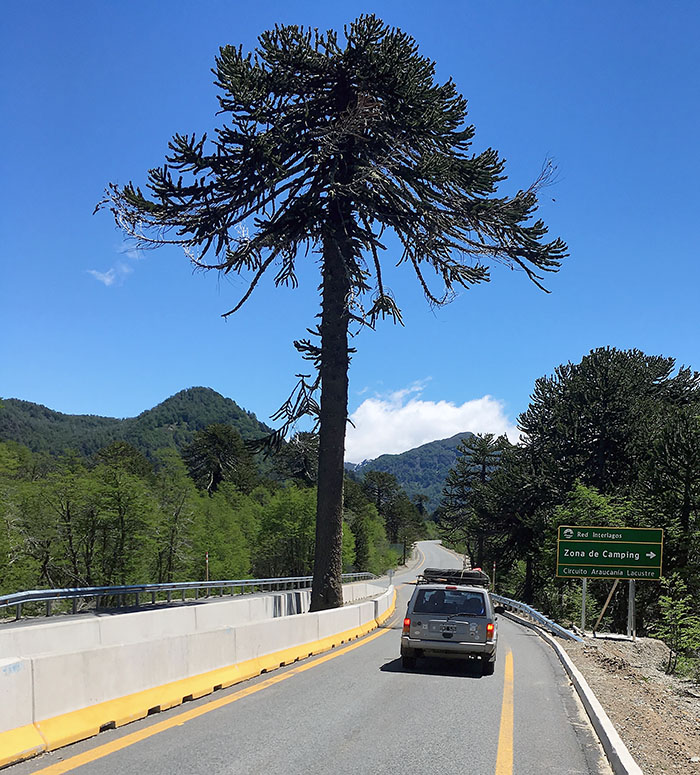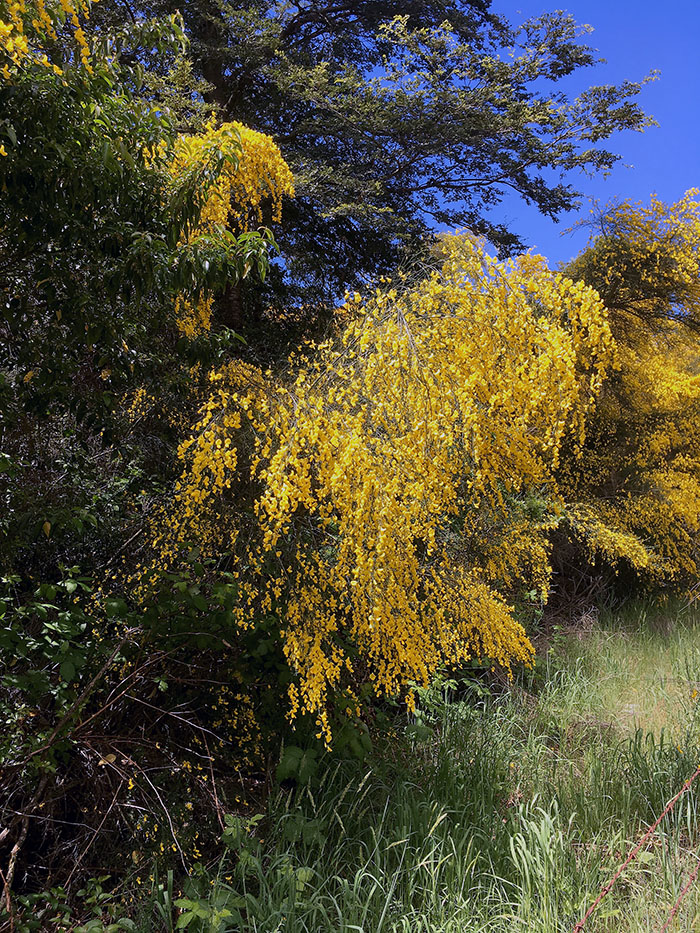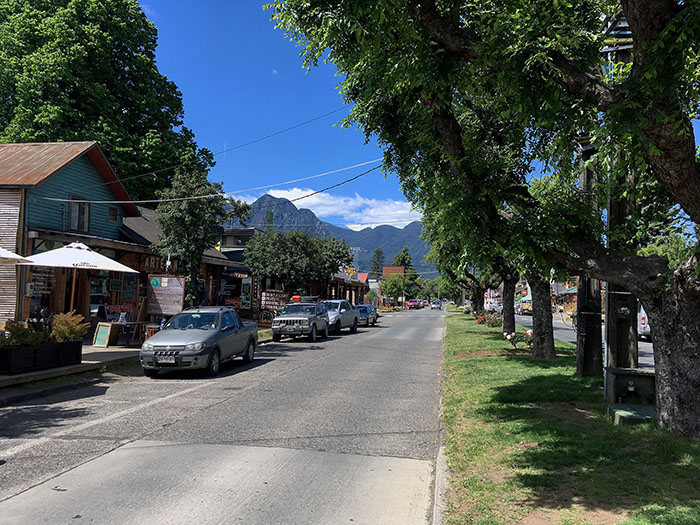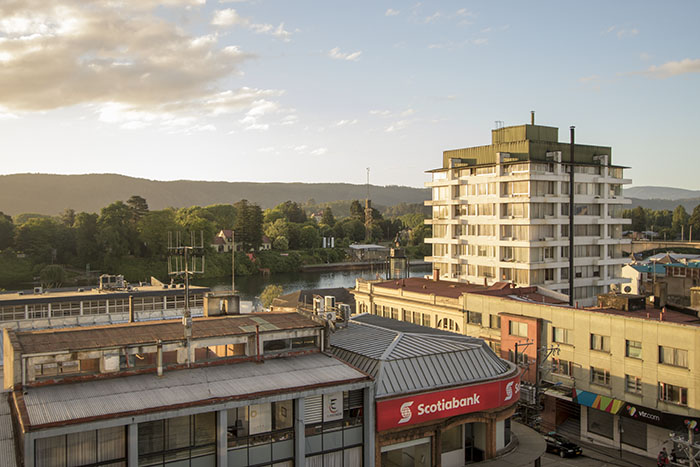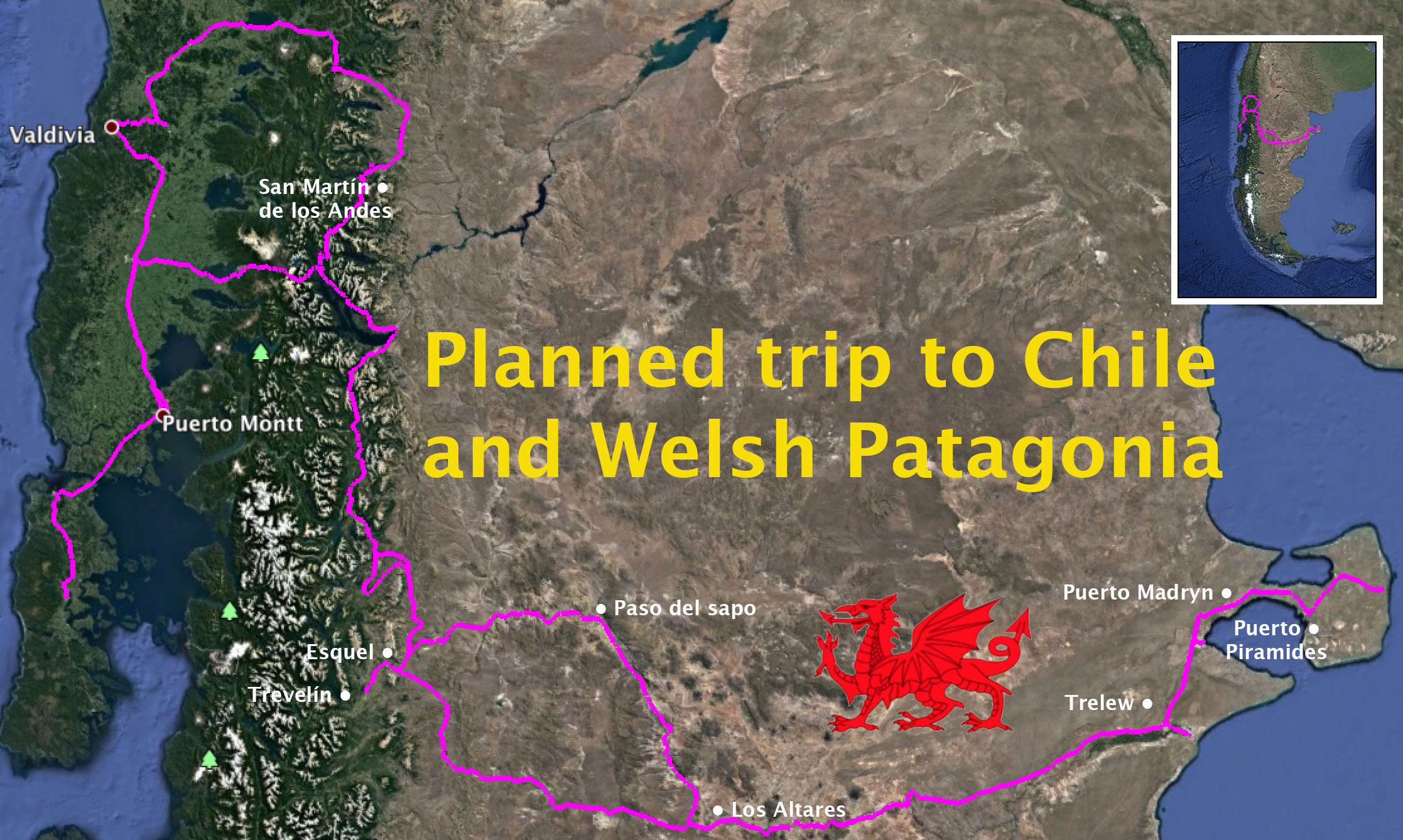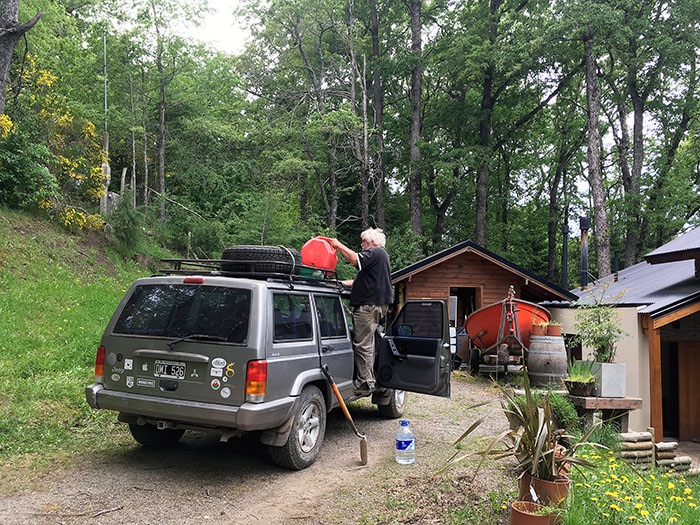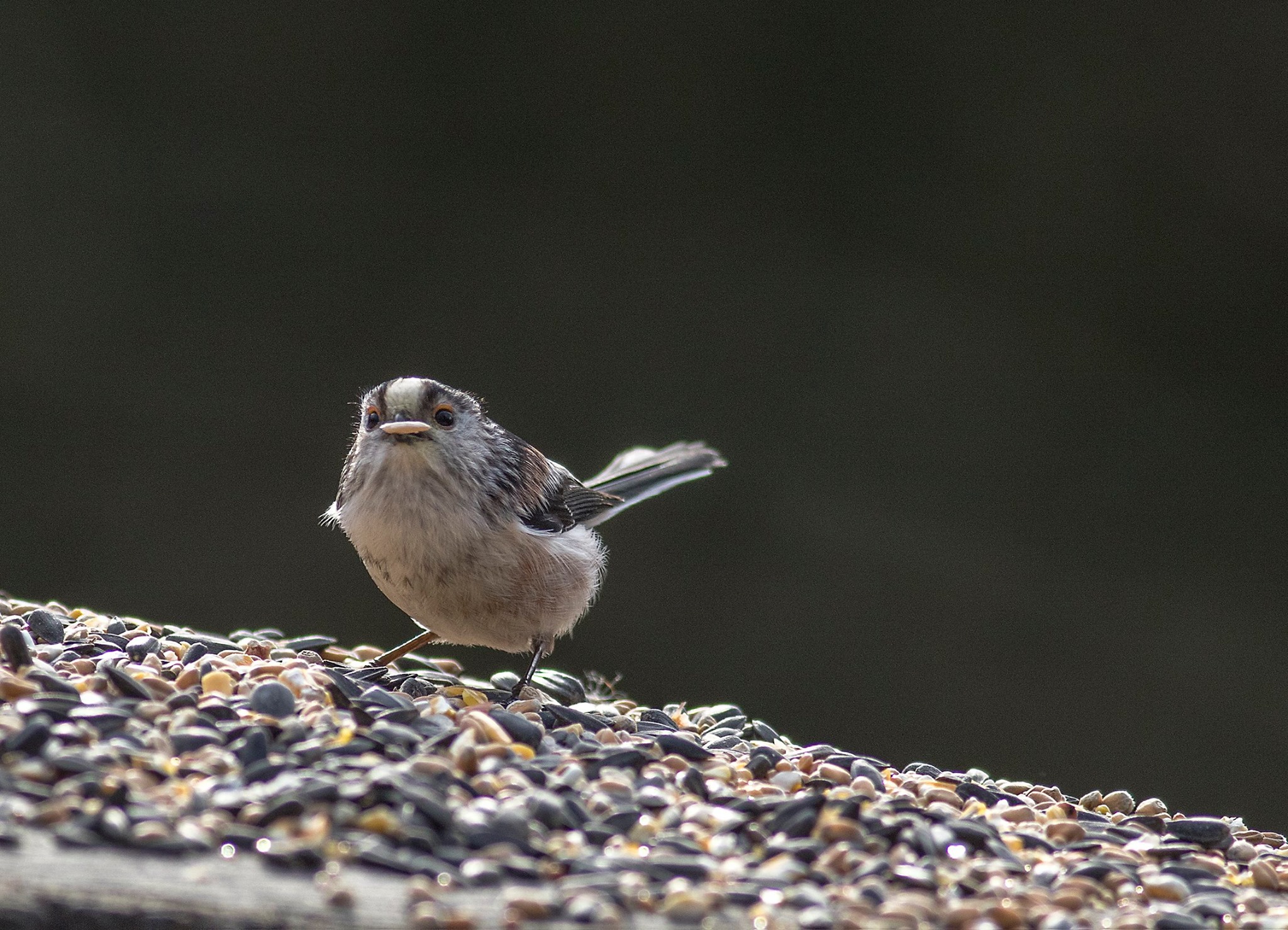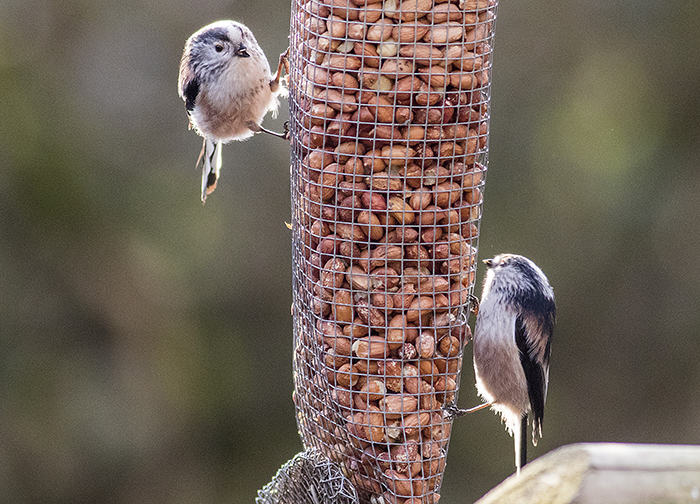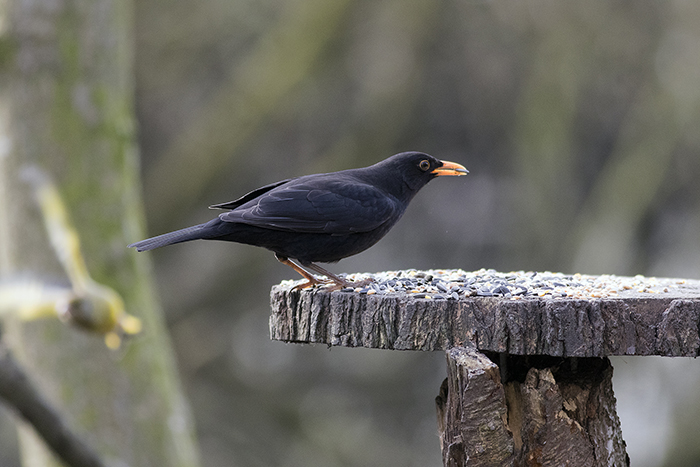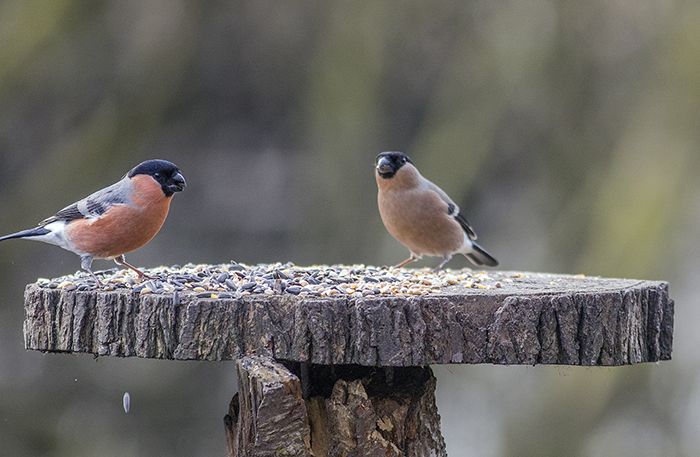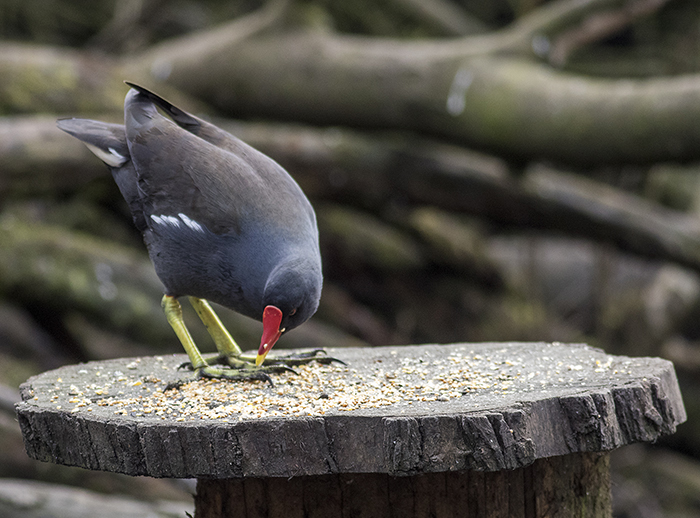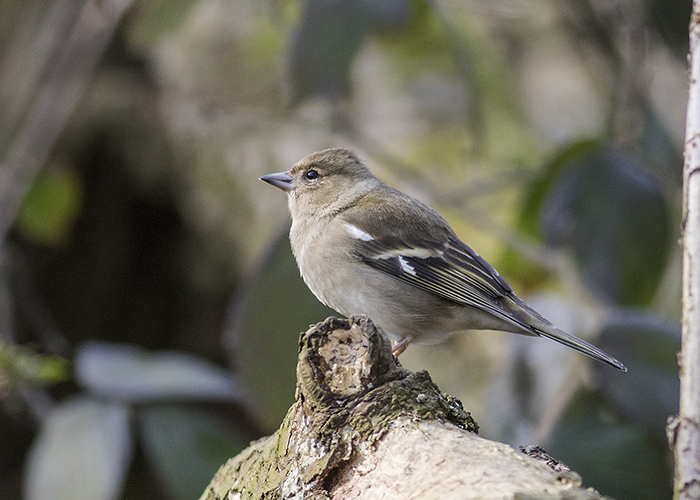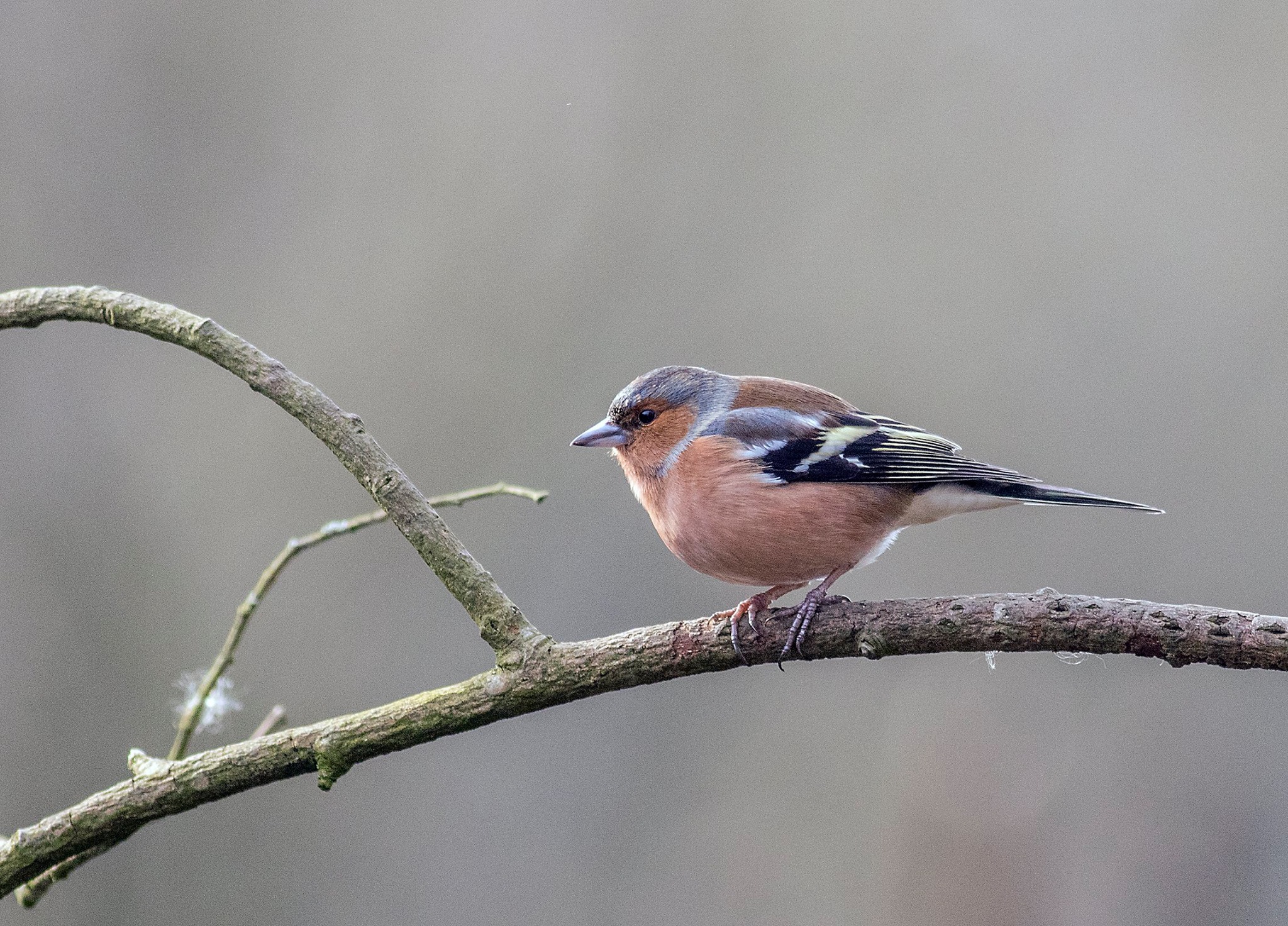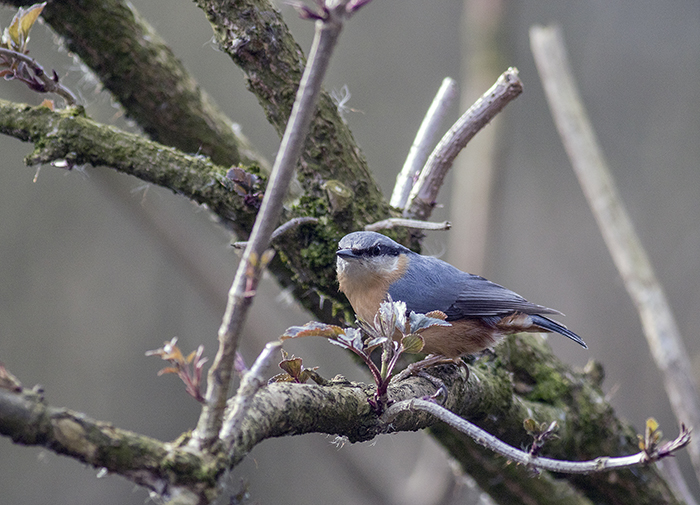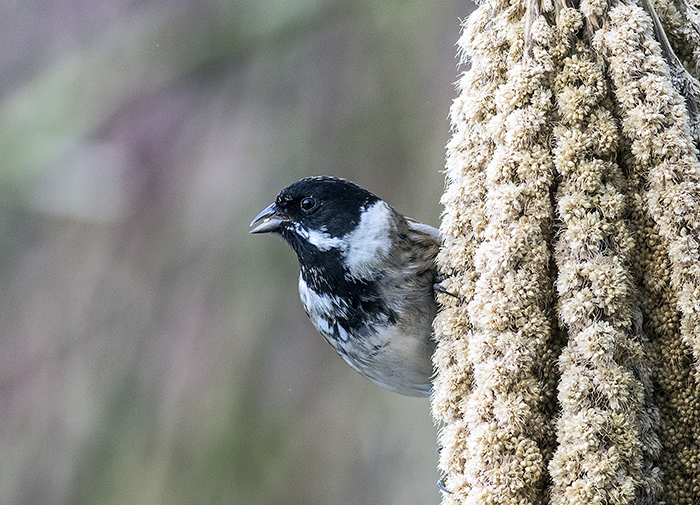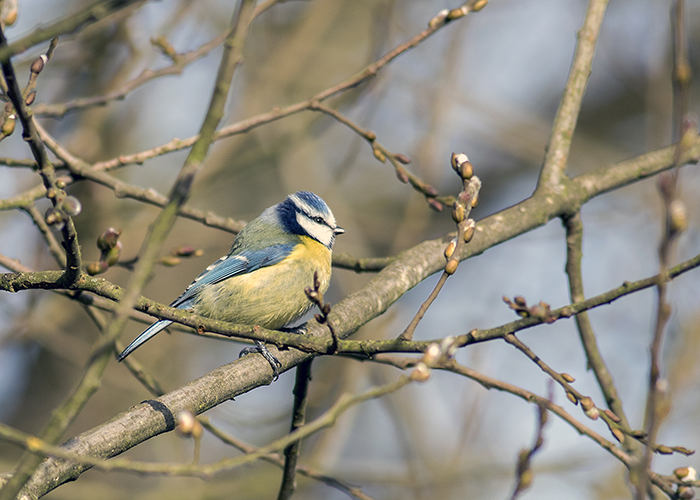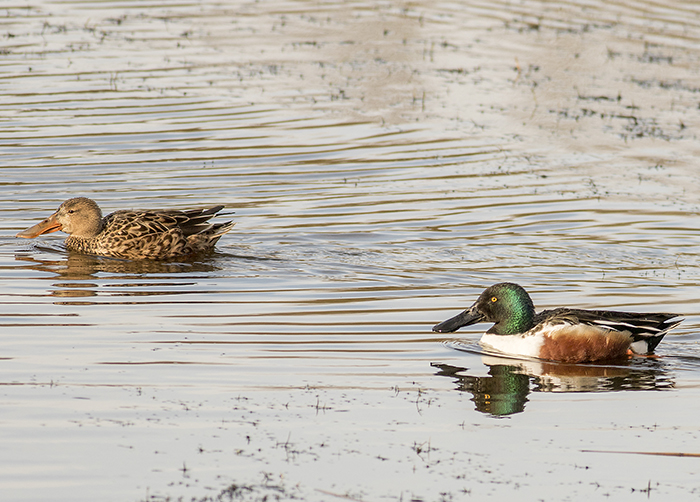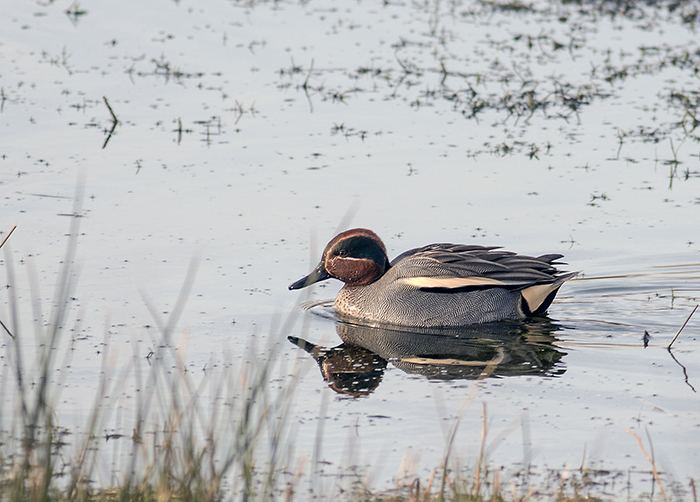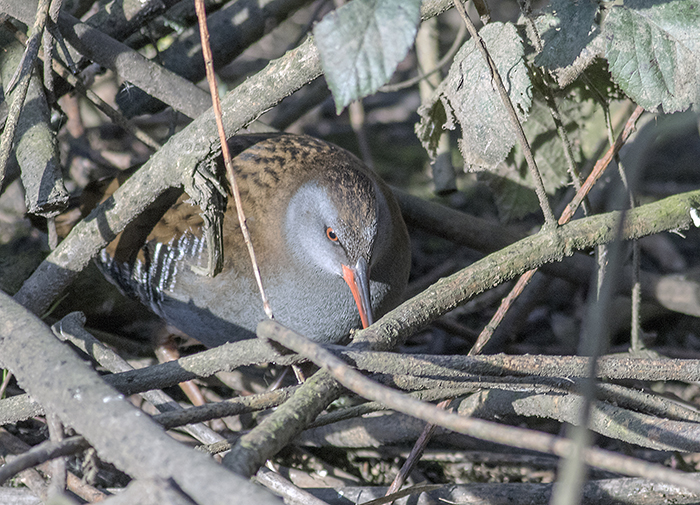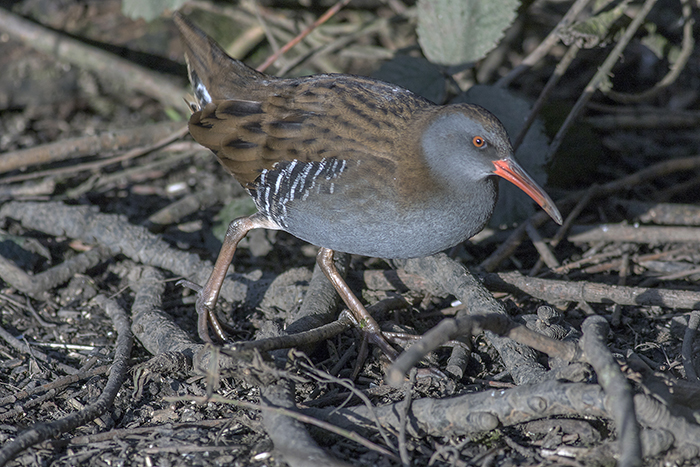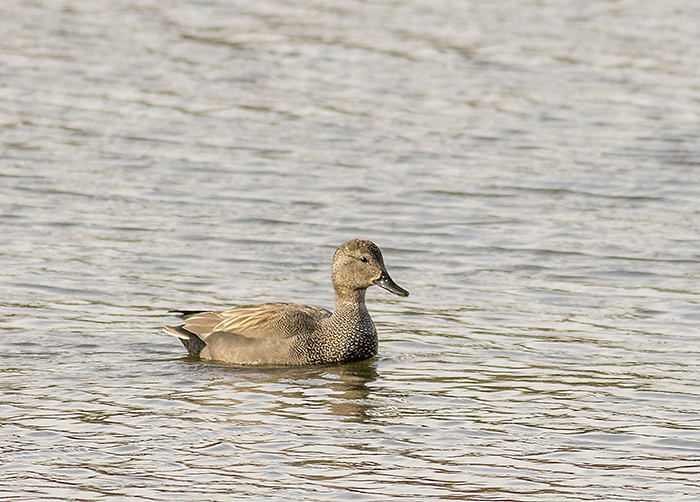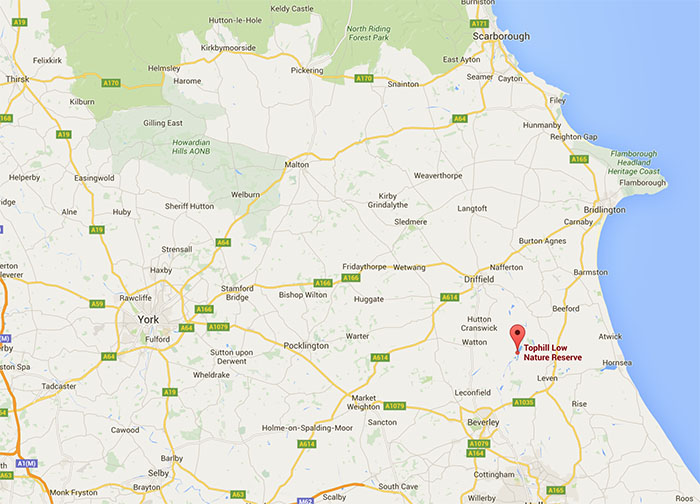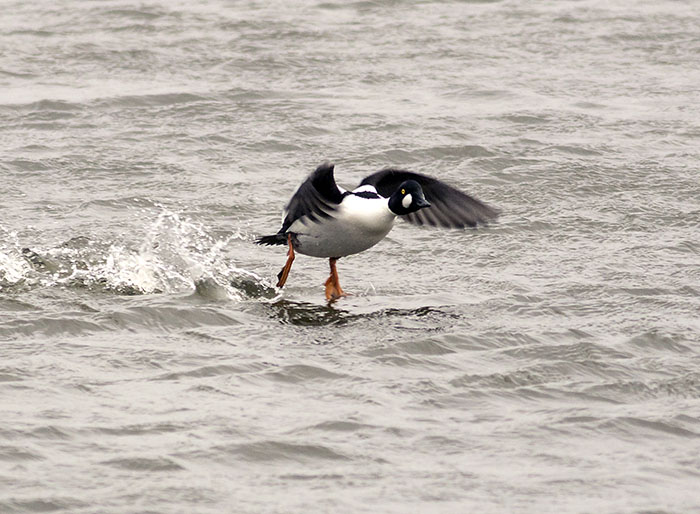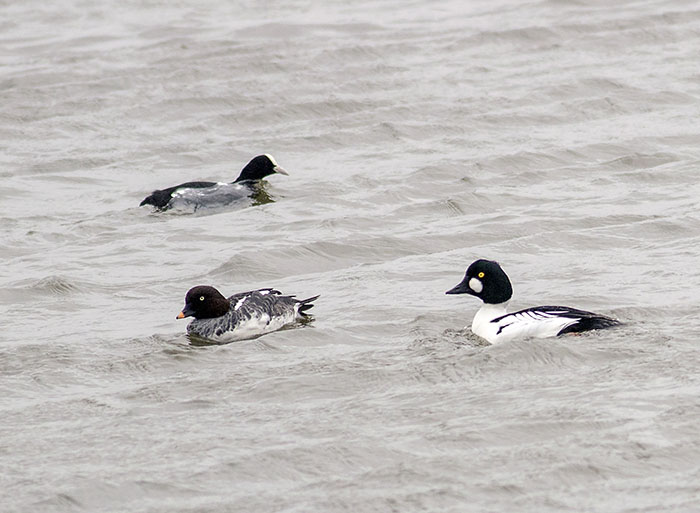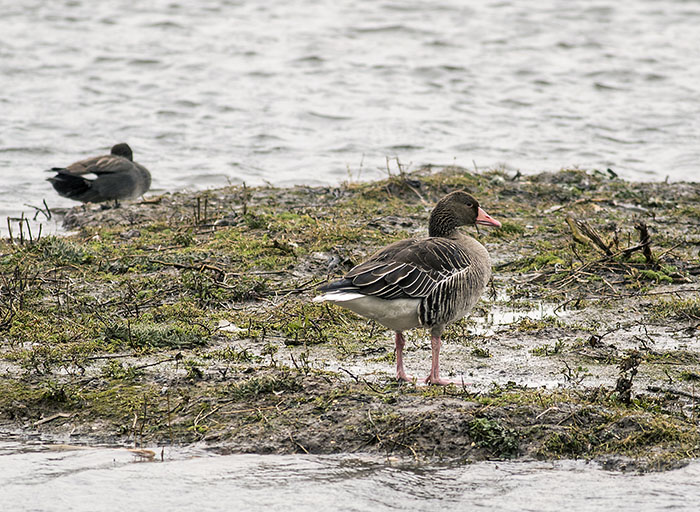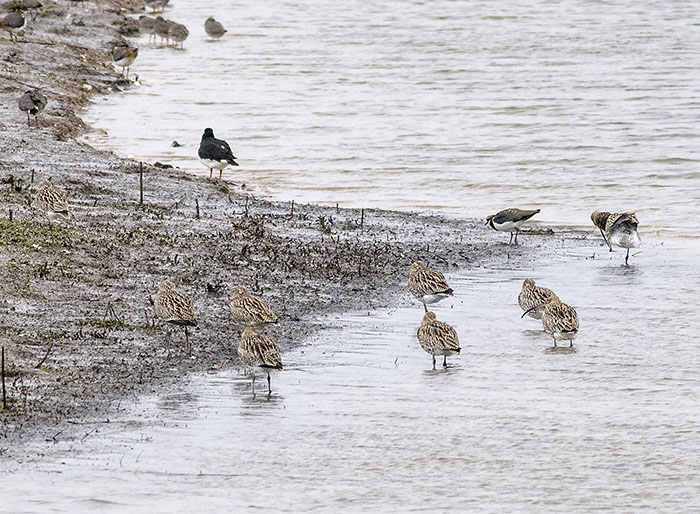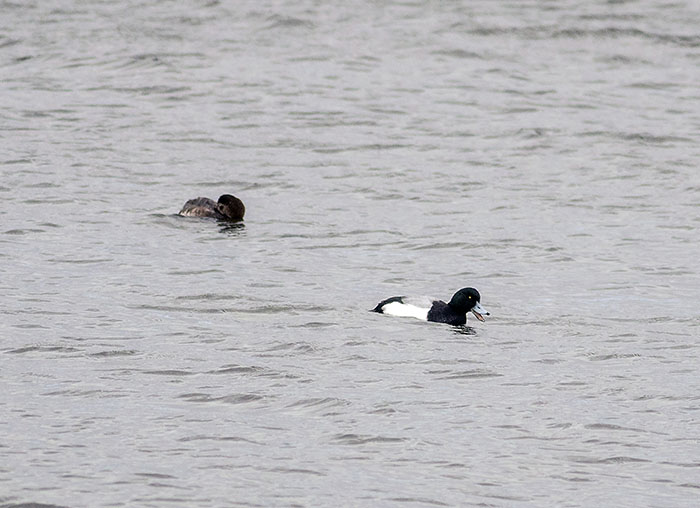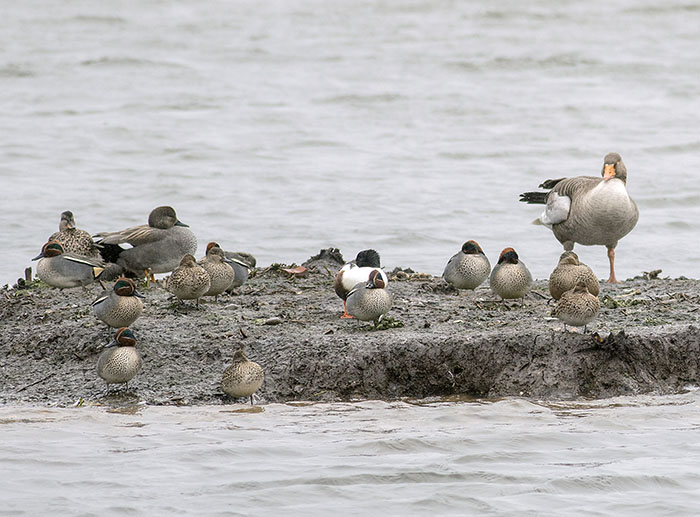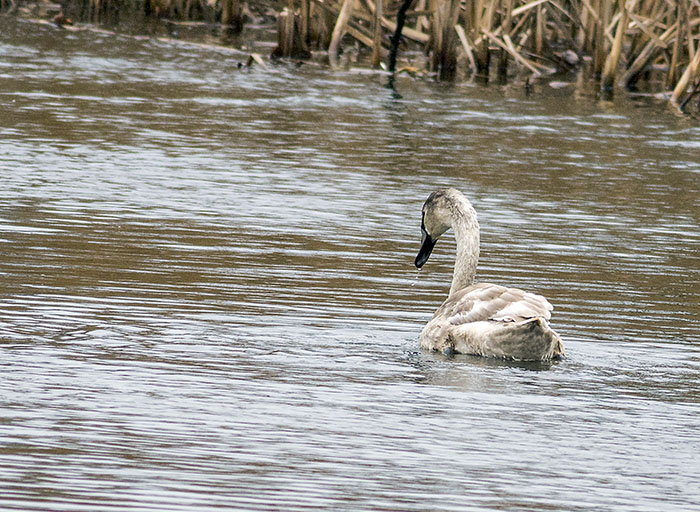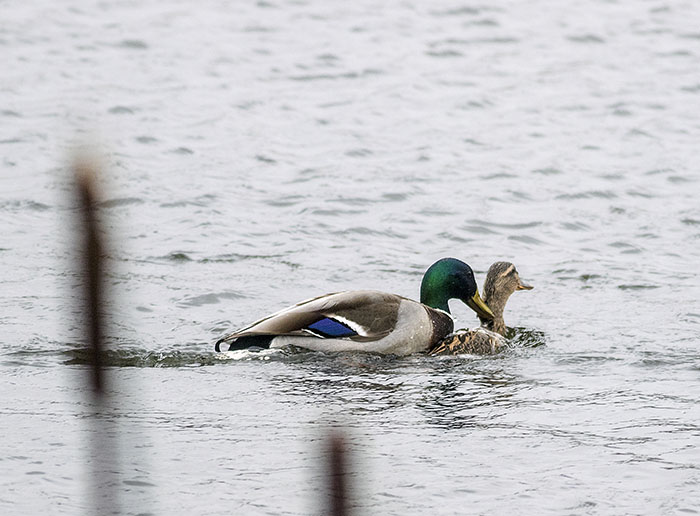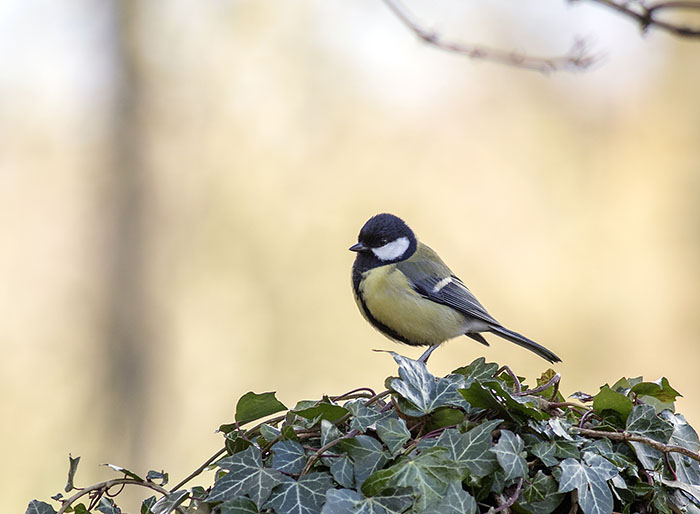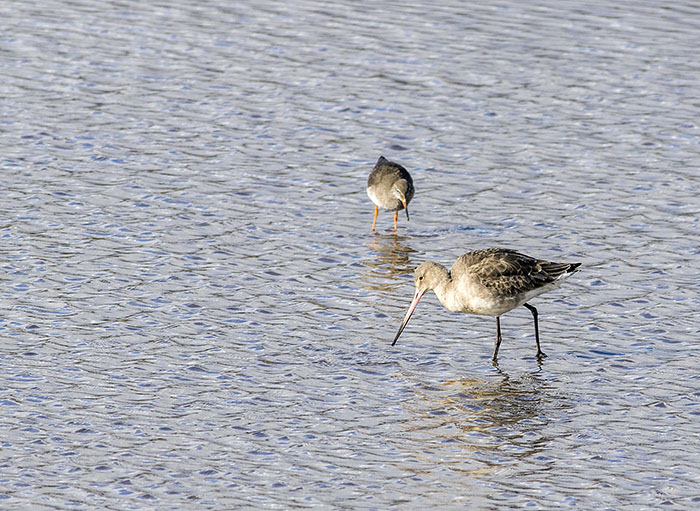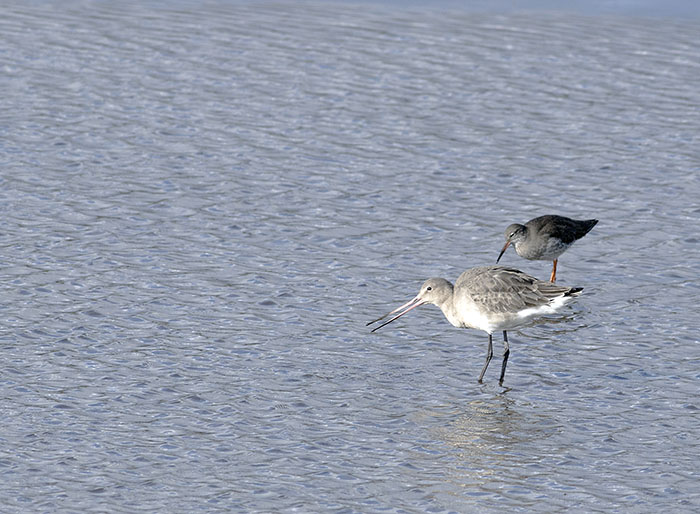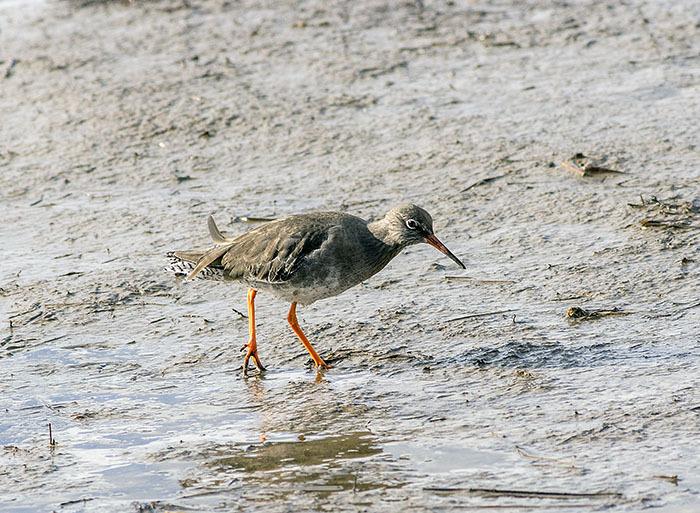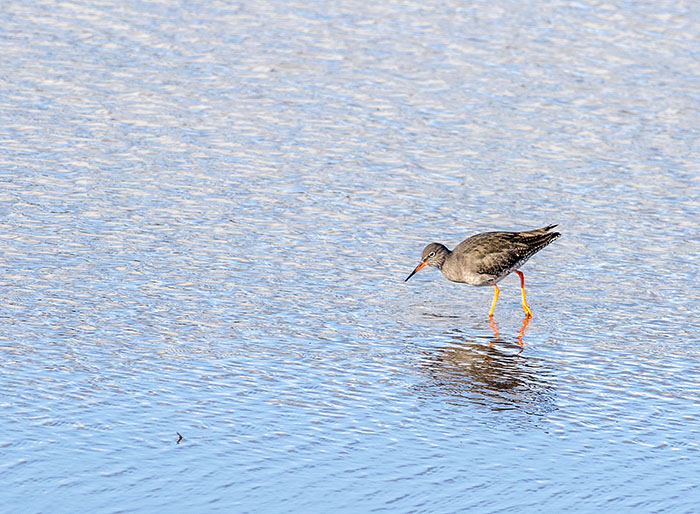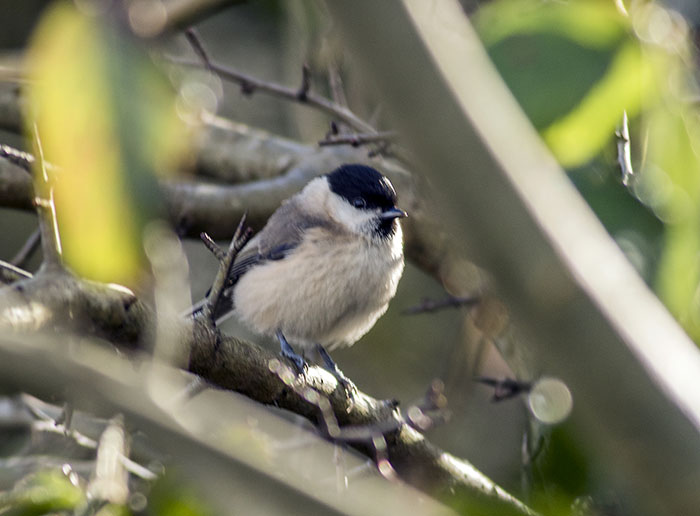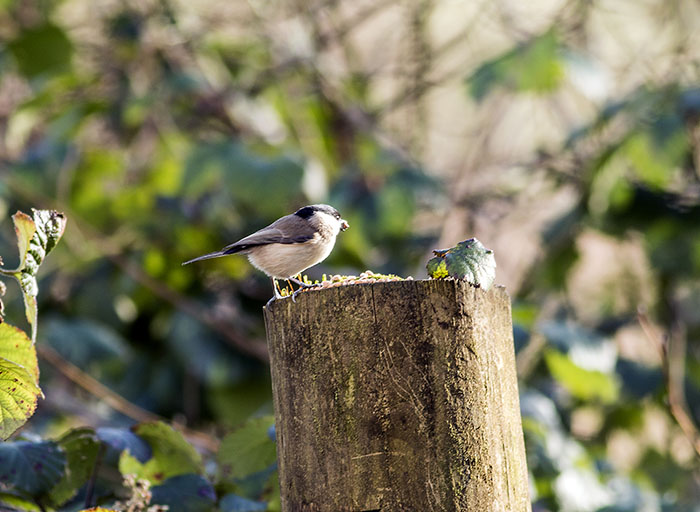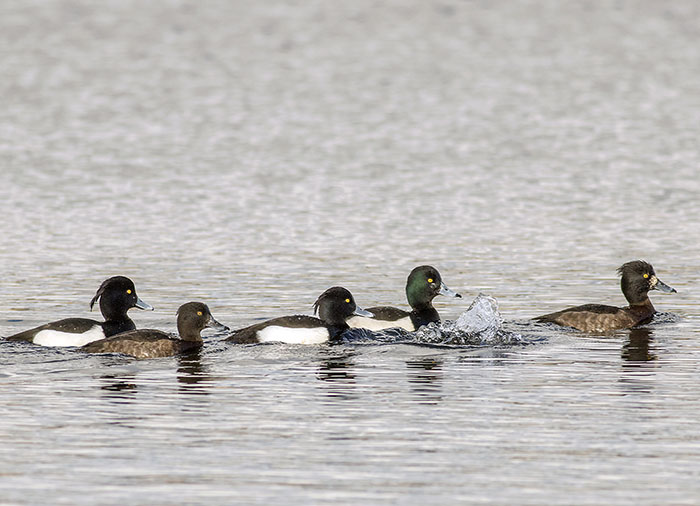Tuesday 15 November, 2016 : Esquel – Los Altares
Again we are behind with the blog, due to lack of Internet access. We left our super hotel in Esquel and set off for a long journey half-way across the continent, aiming for Los Altares. It was still raining as we left, but we did get some better weather as we drove westwards towards the Atlantic.

Our hotel in Esquel – very comfortable!
As we drove west, we saw kaleidoscopic changes in the landscape around us, ranging from lush meadowland to arid desert, and from flat plateau to rocky outcrop, with some spectacular mountain formations.

Another change in landscape
We spent long stretches with no sight of man or vehicle; traffic is sparse in this part of Patagonia. We passed at least two petrol stations that had been abandoned – perhaps modern cars have larger tanks (or better consumption)?

Abandoned service station on route
The first town on our route was Tecka, where we stoped for a second breakfast. The sign at the entrance to the town allowed for little chance of confusion as to where we were.

Approaching the small town of Tecka
Driving on, we reached Paso de Indios. The road here came closer to the Chubut river, Camwy to the Welsh who –on information provided by the Tehuelche people– made their way from the Atlantic coast to Trevelin in search of wetter and more fertile lands.

Paso de Indios
Paso de Indios was a small but well laid out community, and a suitable place for a cheap and filling lunch at the Comedor Ruta 40.

Lunch stop at Comedor Ruta 40, Paso de Indios
Driving on we passed a friendly gaucho herding his sheep …

Farmer riding with his sheep
…. and shrines, some to friends and family and others of the Gauchito Gil and the Difunta Correa cults. Bottles from one of the last of these had been blown all over the surrounding area.

Bottle strewn shrine of Difunta Correa
Some of the countryside we passed through, such as the layered levels in the photo below, showed evidence of the geological formation of this parts of the world.

Spectacular rock formations lined our route
We passed many signs along the highway in both Spanish and Welsh, remnants of the recent festivities to celebrate the 150th Anniversary of the Welsh in Patagonia.

One of many bilingual signs we saw
The road opened up and flattened down as we approached our day’s destination, Los Altares.

More and more rock formations
The motel we stayed at, run by the Argentine Automobile Club, was basic but clean, although we had to sweep the sand away from the door to enter.The wind was very strong and sand was everywhere. We were the only people staying there, but there was an emergency contact at the nearby Petrol Station should we run into difficulty. We didn’t.

Automovil Club Argentina accommodation at Los Altares
Los Altares was a small community, pretty much in the middle of nowhere, but we did find somewhere to eat: the Comedor Emanuel. Another satisfying meal and we were ready for bed.

Time for an evening meal in Comedor Emanuel, Los Altares





